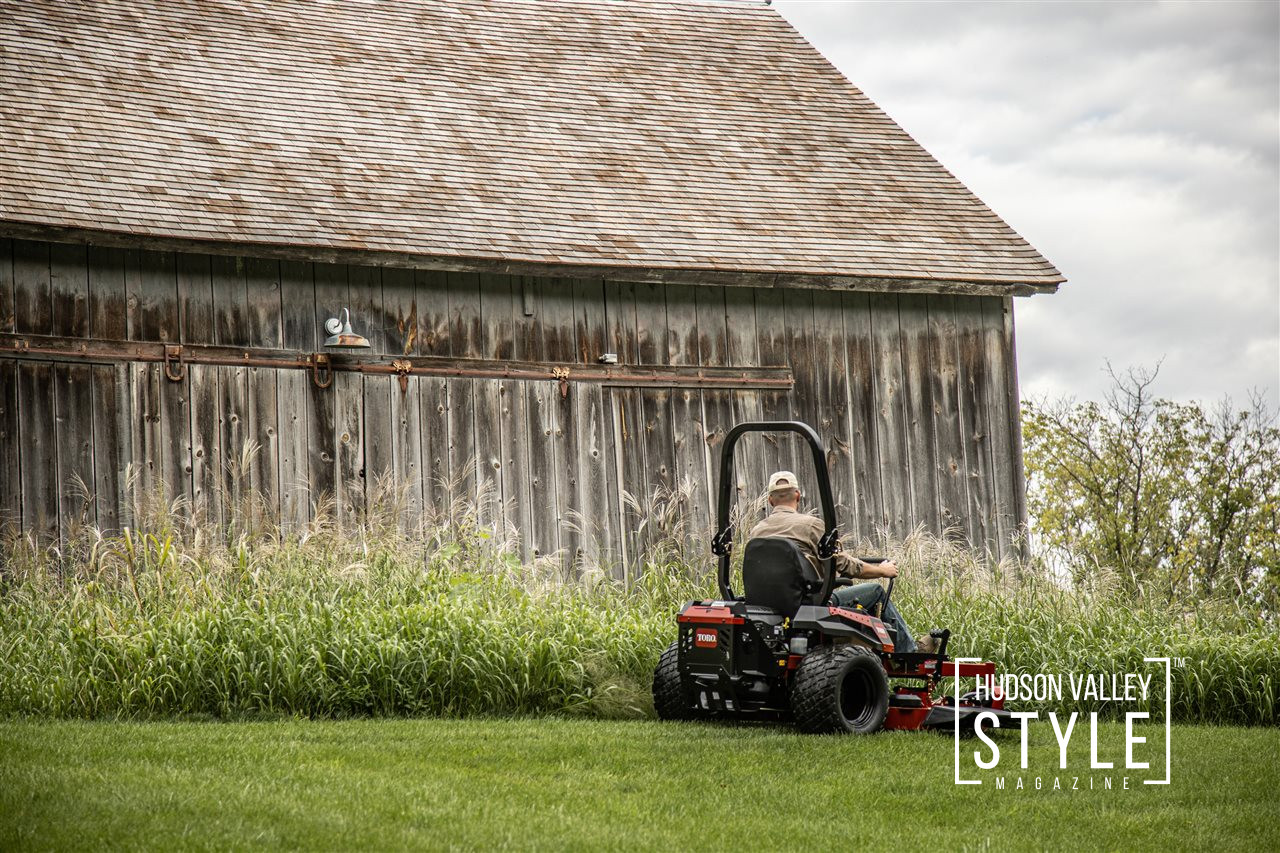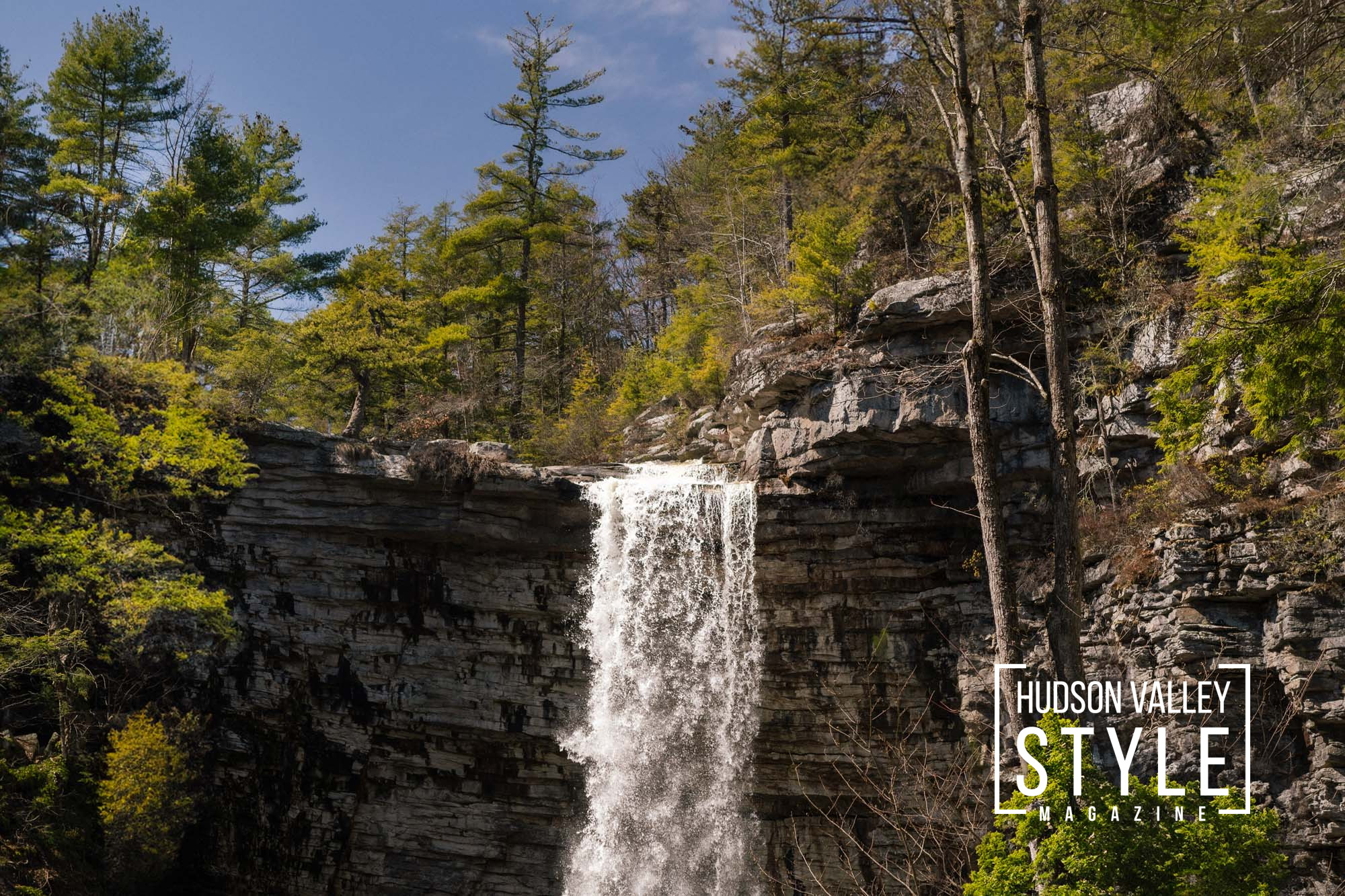What You Need to Know to Turn an Overgrown Field into a Beautiful Yard in 10 Easy Steps
You’re looking at it – a big, messy, overgrown field of weeds, grass, tree stumps, rocks, and who knows what else, just begging for some love and attention. Despite the fact that it has been an eyesore for a long time, you and your neighbors have always wanted to do something about it, but you weren’t sure exactly how to get started.
Before you run down to the hardware store to buy a weed whip or call the local fire department to do a prescribed burn, the yard care experts at Toro offer 10 tips on how to turn an overgrown field into a beautiful stretch of yard for years of enjoyment.
- Start with a game plan – Does this field area need to be extended with green turf from your existing lawn? Want to create a soccer or kickball area for your kids and the kids in your neighborhood? You could also use this area to graze your horses, llamas, goats, or other livestock. The amount of effort you put into your new green space depends on what you want to do with it.
- Consider the previous use of the field – Have you ever used your overgrown field as pasture for cows or horses? It’s possible for large animals to compact soil quite a bit. Are there gopher holes everywhere? That means your land will be lumpy after you mow it. Once you get rid of the weeds, it’ll be easier to determine soil conditions and what you’ll be working with.
- Walk the field – Before you run a lawn mower through a field of tall weeds, make sure you walk it to identify any potential hazards that may not be readily visible. Look for rocks, stumps and logs, equipment parts and junk, potholes, nests, and more. Bring some utility flags to mark any spots that you’ll need to avoid while you’re mowing the field.
- Remove rocks, branches, and junk – Grab your chainsaw, throw in a shovel, and pull up the pick-up truck and trailer. It’s time to remove rocks, branches, and any junk you find in your field. There also may be things you want to keep — maybe tree saplings, a patch of wild-growing raspberries, or a brush pile along the edge of some woods that would make for a nice habitat. If there may be replanting, bring some large 5-gallon buckets to save plants.
- Mow efficiently – To efficiently mow an overgrown field, consider mowing it at least twice, initially. In your first pass, raise the blades on your Toro Titan zero-turn mower to their highest level. This will allow you to avoid hitting any objects such as small boulders or large mounds of dirt that you may have missed in your walk-through as your zero-turn mower slices through the weeds. If your zero-turn mower is equipped with a Toro bagging system, you can quickly scoop up cuttings and add them to your compost. Then, lower the blade level and go back through it again to achieve a finer cut.
- Half swath – For truly imposing fields, you may want to mow a half swath at a time. Simply make a pass of untouched long weeds using only half the width of the mowing deck with the other half passing previously cut grass. This will ensure your mower blade has the power and momentum to cut through the tough stuff and ensure the grass gets cut down to the proper size.
- Get ready for a bumpy ride – If your overgrown field hasn’t been touched for years, get ready for a bumpy ride due to potholes, dirt clumps, gopher holes, roots, decaying branches, ant hills … you name it, that is, unless you have a Toro zero-turn mower with MyRIDE suspension system, an exclusive technology that cushions the ride for the mower regardless of variations in terrain.
- Leveling the field – After you’ve cleared your field of the long weeds, you’ll want to consider leveling your new green space. This may mean bringing in soil to fill in holes and renting a mini-track loader from your nearest landscape or rental equipment dealer to knock down large bumps of dirt and remove larger boulders.
- You’ve got options – By clearing your field of the long weeds, scrub brush, and tree saplings, you’ve created more options for your yard. Do you want to remove all weeds, or do you want to be overseed with grasses and native, low-growth ground covers such as clover? Maybe you’d like to turn a portion of this new green space into a large garden — for which you may want to till that area.
- Regular mowing – Once you’ve done the hard part, you can go as fast or as slow as you want in terms of reclaiming that green space and turning it into your new field of dreams. If you plan to transform the field over time, consider aerating the soil in the fall and begin the process of overseeding (versus sodding). The key is regular mowing to prevent weeds from growing back and reclaiming your new green space.
For more tips about how to maintain your yard, visit Yardcare.com.





